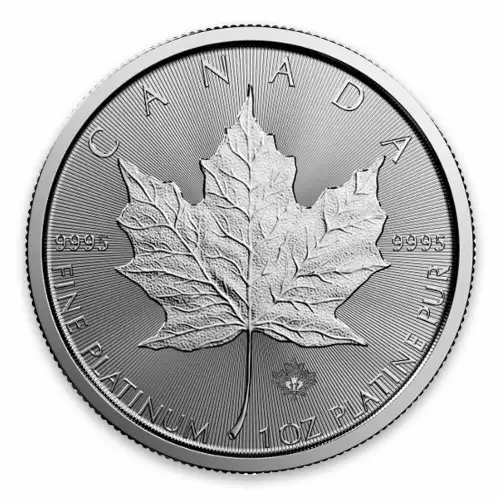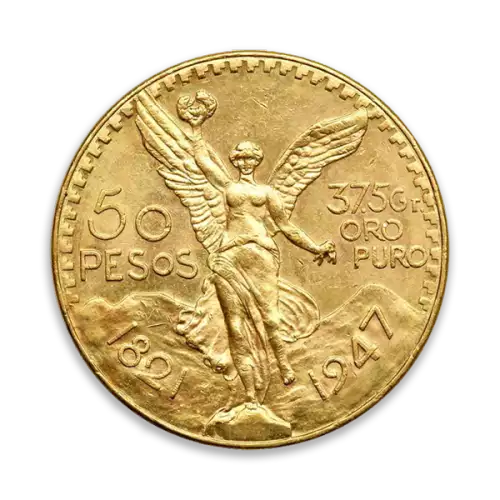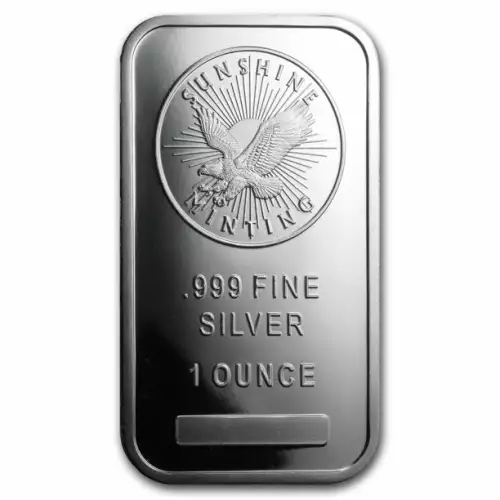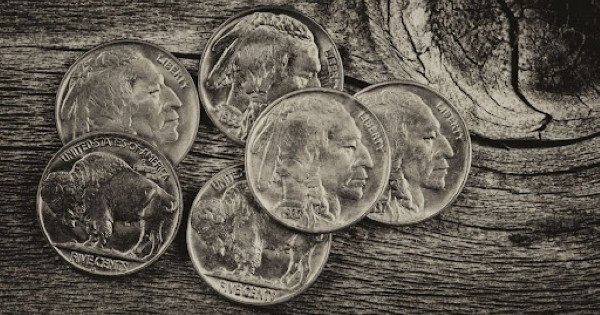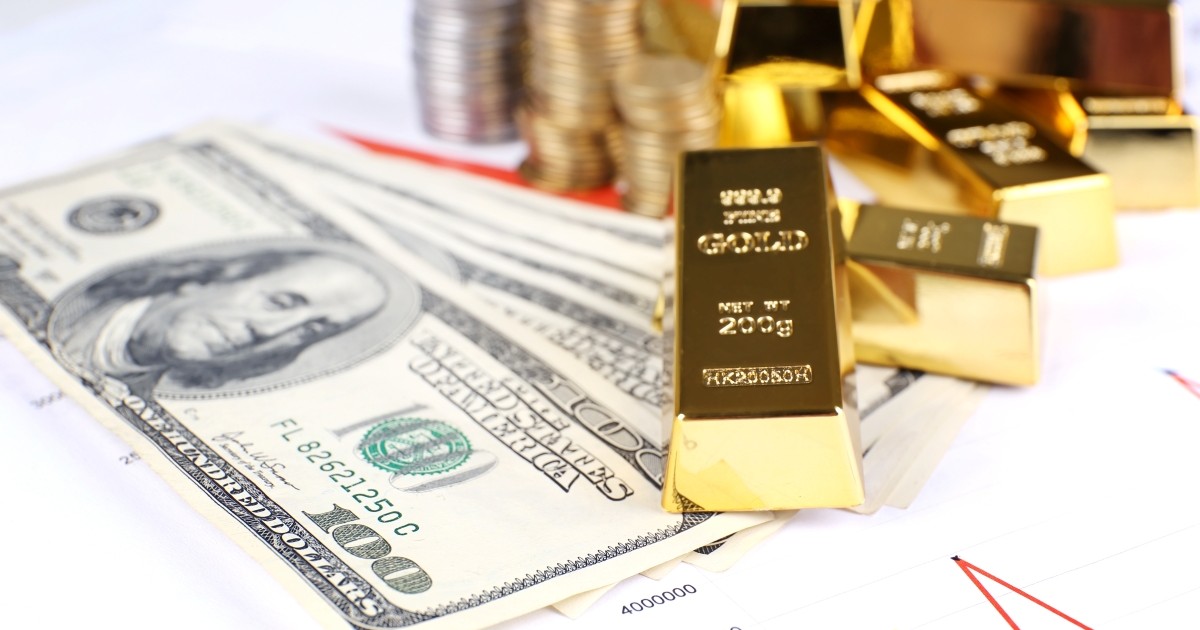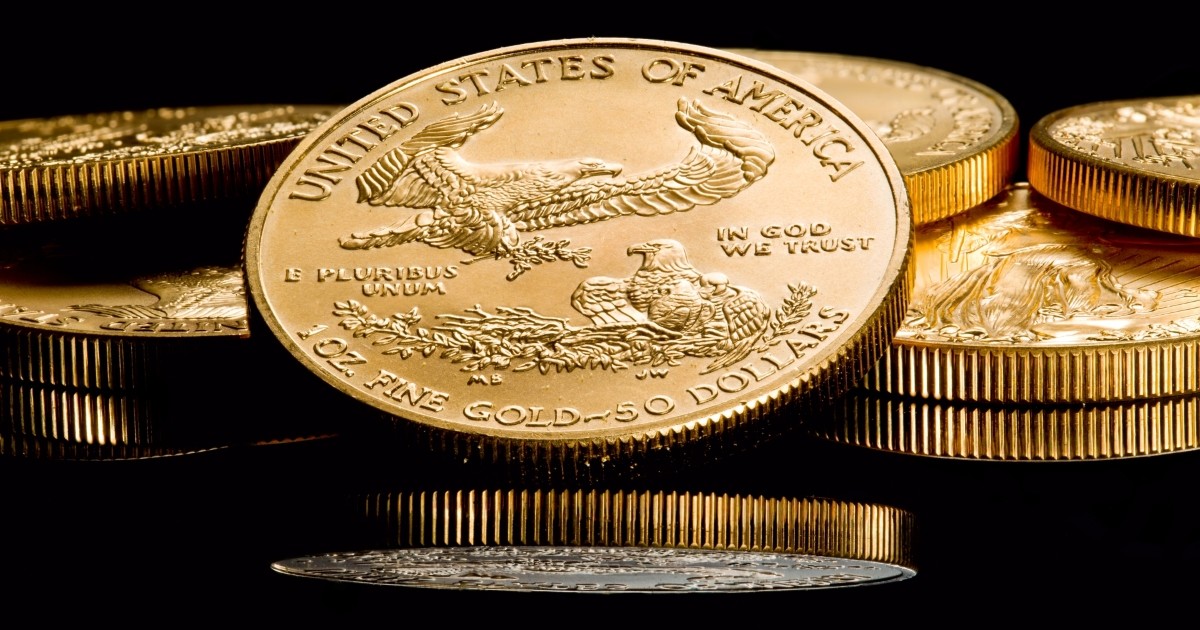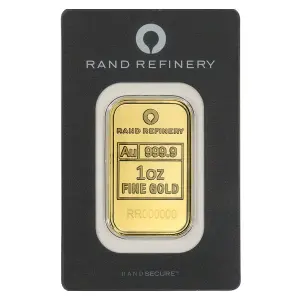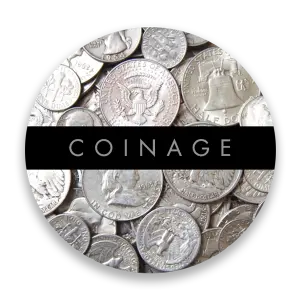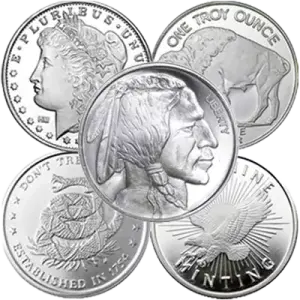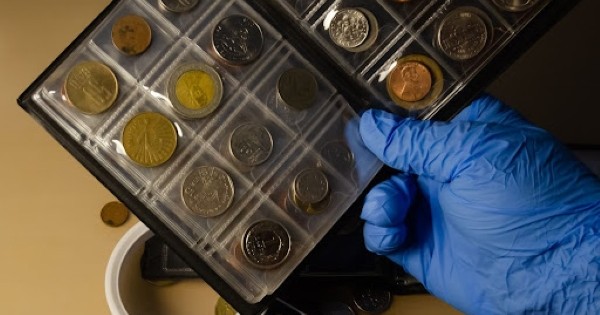
Why bet everything on a single metal when true portfolio strength lies in balance? Putting everything on gold or worse, crypto, may seem bold, but it’s rarely wise. Real wealth preservation lies in diversity, not obsession.
From 2020-2024, a simple 60/40 gold–silver basket beat the S&P 500 during one of the most inflation-heavy periods in modern history. Lo and behold, the neglected gold-silver ratio has some real power in your portfolio.
In this blog, we will take you through step-by-step allocations for conservative, moderate, and aggressive investors. We’ll also link you to products to buy gold bars online right now, to take action to bring up and strengthen your precious metals portfolio.
What the Gold-Silver Ratio Really Tells You
The gold-silver ratio is quite a simple concept. It’s the ratio of how many ounces of silver it takes to purchase one ounce of gold. For example, if the ratio is currently 80, it means gold is 80 times more expensive than silver. The most recent ratio seems to be historically high as it has climbed to a whopping 78, which smart investors are keeping a very close eye on.
Now, why does this matter? Because this is more than just trivia, it’s a market signal. Miners utilize the ratio to evaluate how profitable it may be to mine metals. Central banks evaluate their reserves utilizing the ratio. We, as retail investors, assess our entry and make rebalancing decisions based on this ratio to diversify our precious metals portfolio with greater confidence.
As a rule of thumb, whenever the ratio falls below 60, silver becomes expensive relative to gold. Conversely, when the ratio jumps above 80, this often signifies that silver is undervalued, and this may give you an attractive window for investing in silver coins. Keeping an eye on the ratio enables us to not only buy at better times, but also buy the right metal.
Factors That Tilt the Ratio
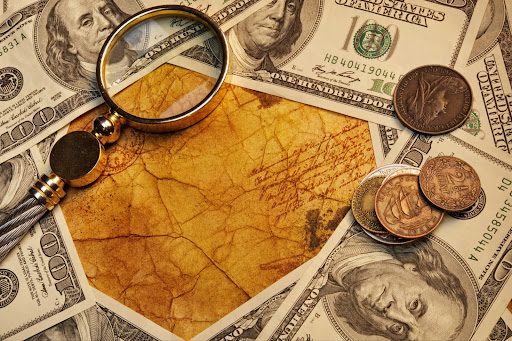
The gold-silver ratio responds heavily to monetary policy. When the interest rates are increased by the Fed, gold will generally hold steady, while silver tends to soften, in turn, widening the gap. Inflation spikes and low real rates help in compressing the ratio by favoring silver
Industrial demand adds a new level of complexity. Silver is used in EVs, solar tech, and semiconductors. Therefore, the ratio shrinks as green tech gets stronger.
Also, gold spikes first in periods of uncertainty like wars or recessions, and silver follows. These transitions are valuable information for making more informed decisions in a precious metals portfolio or even timing a strategic purchase of silver coins.
Risk-Based Model Portfolios
Opting for the appropriate gold-silver mix should be a strategic move. Whether you want to play more conservatively or need to gamble a little bit to hedge a good profit, your choice should be based on your risk tolerance and time horizon. Below, we have broken it down into four distinct strategic profiles, including products you can purchase today.
Conservative: 80% Gold / 20% Silver
If capital protection is your utmost priority, this mix gives you the assurance of some stability. Gold has long proven itself as a store of value, and that hint of silver gives some inflation-responsive capability. Rebalance if and when the gold-silver ratio breaks below 60. This mix is ideal for IRAs and longer-hold investments.
For example:
Balanced: 60% Gold / 40% Silver
This portfolio is a combination of conservatism and growth. It’s not overtly aggressive and perfect for moderate risk takers who would like to take part in economic cycles and find some hedge in silver, too. Rebalance your allocations when the gold-silver ratio crosses 75. All of these products qualify for tax-deferred retirement accounts, too, such as precious metals IRAs.
For example:
Growth: 40% Gold / 60% Silver
For investors seeking higher returns and willing to tolerate greater volatility, this portfolio puts silver at the forefront. A great strategy during periods of low rates or when industrial demand is heightened. Rebalance when silver’s performing excessively well relative to gold, or the gold-silver ratio approaches 55.
For example:
Speculative: 20% Gold / 80% Silver
This high-upside strategy leans on silver’s historical price spikes during industrial booms and inflation cycles. This strategy is not for the faint of heart; it is meant for boom cycles and fast transitions. Silver has a short-term capital-gain tax burden, higher than gold, so be strategic about taxable accounts; rebalance at least every three months.
For example:
How to Buy Efficiently Online
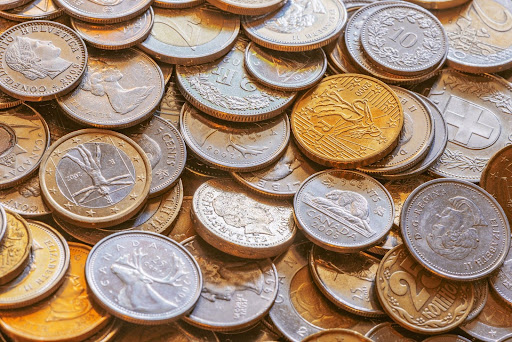
Shopping for precious metals online is easy. Making a few easy checks can save you money and protect your investment.
- Compare dealer premiums: Look beyond just product pricing and check how much you’re paying over spot. Pacific Precious Metals makes premiums easy to understand and clear.
- Check the real-time spot widget: Metal pricing moves fast. Our live spot-price tracker allows you to make more informed timing decisions.
- Select insured shipping or Bay Area store pickup: Choose a secure shipping method or pick up your order locally from the Bay Area, which will reduce shipping fees.
You can safely lock in today's price with the Buy Gold Bars Online cart in under ninety seconds. Fast, secure, and designed with real investors in mind.
Rebalancing & Storage Tips
Portfolios are not just a “set and forget” kind of thing. Conduct an annual check on your gold-silver ratio allocations to see if they remain on their original intended path. If the ratio has shifted from, for example, 60 to 80, rebalancing could be the next move to profit from price variance and mitigate risk.
As for storage strategies, security should be as much a consideration as strategy. While a home safe is convenient, you can secure vault storage for larger holdings & IRA-eligible metals. Pacific Precious Metals has insured vaulting with seamless IRA rollovers to make the long-term handling of metals that much safer and easier.
FAQs
With portfolios and allocating your wealth wisely, a bunch of questions arise that you want to know the answers to. We’ve narrowed it down to some of the most common ones here.
Is silver really more volatile than gold?
Yes. Silver usually takes much sharper turns due to its industrial uses and the small, yet very competitive market.
How often should I rebalance a precious-metals portfolio?
Once a year is usually fine; however, look out for the events where the gold-silver ratio moves drastically (i.e., moves past 80 or below 60). That’s when you might have to consider a rebalance.
What is the cheapest way to invest in the gold-silver ratio?
Start off with low-premium bars and rounds from reputable dealers like Pacific Precious Metals, as they are the easiest and cheapest way to invest.
Can I hold these metals in a self-directed IRA?
Yes, most bullion products will qualify, and Pacific Precious Metals can also provide IRA setup and storage.
Best Time to Rebalance Your Metals Portfolio
Diversifying into gold and silver requires knowledge and strategy. Positioned at the gold-silver ratio provides some degree of insight into when to rebalance, hold, and buy.
Start small. A Gold American Eagle and a tube of Silver Maple Leafs is a good start. Follow this path and grow as the ratio moves with confidence to build your portfolio of precious metals. With Pacific Precious Metals, you’ve got experts and products to start on your journey!
Shop Now or call us at 415-383-7411 to book one-on-one portfolio consults with our team of experts.

